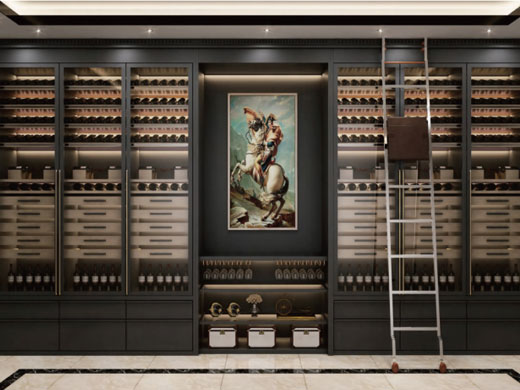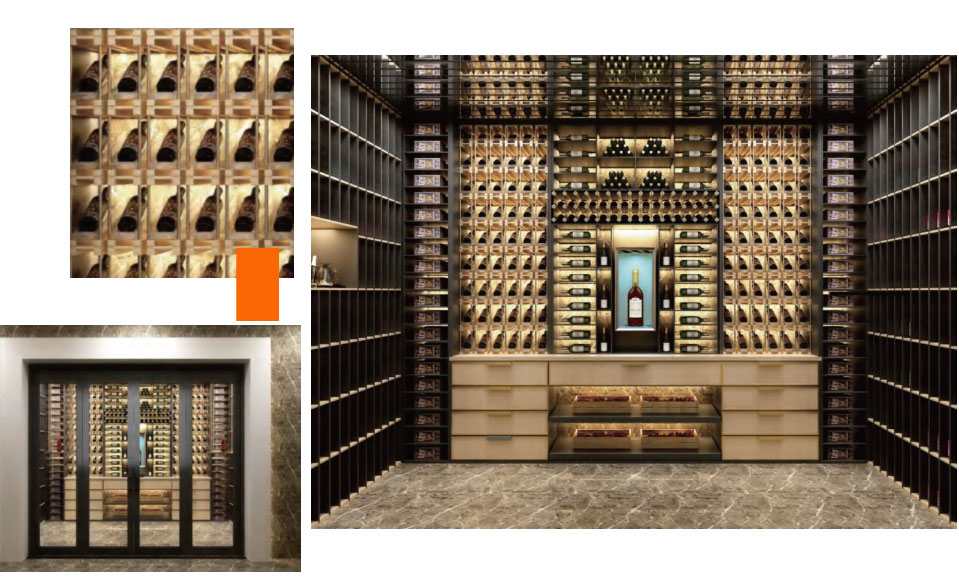Stainless Steel Wine Cabinets vs. Traditional Wooden Wine Cabinets
Wine storage has evolved far beyond simple practicality. Today, wine cabinets not only serve to preserve and protect fine vintages, but also make a statement about the owner’s taste, lifestyle, and interior design choices. Among the many materials used in wine cabinet construction, stainless steel and traditional wood remain the two most popular and enduring options. Each material has distinct advantages, challenges, and aesthetic implications.
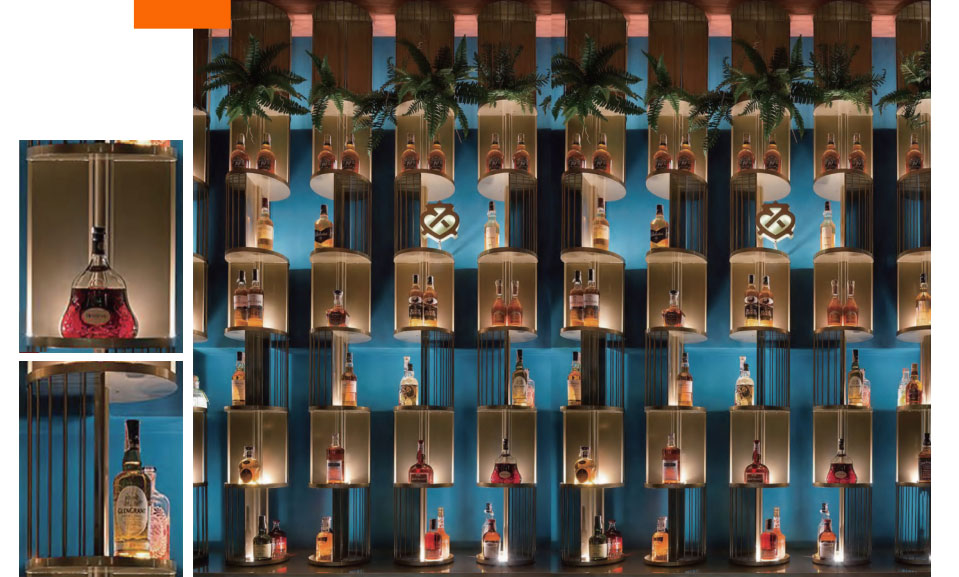
1. Aesthetic Appeal: Modern vs. Classic Elegance
Stainless Steel Wine Cabinets
Stainless steel wine cabinets are synonymous with modernity. Their polished or brushed metallic finish creates a sleek, high-tech appearance that aligns perfectly with contemporary interiors, minimalist kitchens, and industrial-style spaces. Often found in commercial environments like wine bars, upscale restaurants, and designer kitchens, stainless steel exudes a sense of precision and sophistication.
For collectors who appreciate modern luxury or clean, architectural lines, stainless steel offers a bold statement. Many models feature LED lighting and tinted glass doors, further enhancing their visual impact.
Traditional Wooden Wine Cabinets
Wooden wine cabinets offer a completely different atmosphere—one of warmth, tradition, and classic refinement. Whether crafted from mahogany, walnut, oak, or cherry, wooden cabinets bring out the natural textures and tones of the woodgrain, adding character and charm to any room.
Often found in private wine cellars, libraries, or elegant dining rooms, wooden cabinets are ideal for collectors who value old-world craftsmanship and timeless beauty. Hand-carved details, rich finishes, and customizable shelving make them true pieces of furniture.
2. Durability and Longevity
Stainless Steel
Stainless steel is incredibly durable and resistant to corrosion, warping, and pests. It performs well in humid environments and maintains its structure even with temperature fluctuations. Because wine storage requires stable conditions, stainless steel cabinets with advanced insulation and refrigeration systems offer excellent performance.
Additionally, stainless steel does not fade, chip, or absorb odors. This makes it an excellent long-term investment, especially for climates with high humidity or frequent usage.
Wood
High-quality hardwood cabinets are also long-lasting, though they require more care. Wood can warp, crack, or discolor over time if not properly sealed and maintained. It is also susceptible to damage from insects or mold in damp environments.
However, many traditional wooden cabinets are built with excellent craftsmanship and, when cared for, can last for generations. Some are even considered heirlooms or collectible furniture.
3. Temperature and Humidity Control
Stainless Steel
Modern stainless steel wine cabinets often come equipped with built-in temperature and humidity control systems, making them ideal for long-term storage of fine wines. Because stainless steel is non-porous, it pairs well with insulation materials and electronic cooling units.
Wood
Wood has natural insulating properties, which helps buffer minor environmental changes. However, without a modern refrigeration system, a traditional wooden wine cabinet may not offer the same level of climate precision as a stainless steel unit. Wine collectors with valuable or aging vintages may need to upgrade traditional wood cabinets with temperature control systems.
4. Maintenance and Cleaning
Stainless Steel
Maintenance is simple—just wipe down with a damp cloth or use a stainless steel cleaner to remove fingerprints or smudges. It’s also highly hygienic and does not harbor bacteria, dust, or mold.
Wood
Wood requires more delicate care. Cleaning must be done with soft cloths and specialized wood-safe products. The finish may need reapplication over time, and the interior must be kept dry to prevent mold or warping. Still, many collectors enjoy the ritual of caring for wooden cabinetry as part of the wine experience.
5. Customization and Design Flexibility
Stainless Steel
While sleek and stylish, stainless steel is often limited in design variation. Most cabinets come in silver, black, or brushed metal finishes. The customization options are more technical—such as adding glass doors, LED lighting, or digital controls—than decorative.
Wood
Wood offers unmatched aesthetic flexibility. It can be carved, stained, painted, or finished to suit a range of interior styles. From ornate antique styles to simple, rustic designs, wooden wine cabinets can be highly customized to reflect personal taste and fit seamlessly into existing decor.
6. Cost Considerations
Stainless Steel
Stainless steel wine cabinets tend to have a higher initial cost, especially if they include integrated refrigeration, lighting, and humidity controls. However, they require minimal maintenance and are incredibly durable, reducing long-term costs.
Wood
Wood cabinets vary widely in price depending on wood type, craftsmanship, and added features. Entry-level models are often more affordable than stainless steel, but custom or antique wooden cabinets can be more expensive in the long run, especially when factoring in upkeep and restoration.
7. Best Use Cases
Stainless Steel Wine Cabinets are best for:
Modern or industrial home interiors
Commercial environments (restaurants, wine bars)
Collectors who prioritize climate control and durability
Areas with high humidity or temperature changes
Traditional Wooden Wine Cabinets are best for:
Classic, vintage, or rustic interiors
Private wine rooms, libraries, or dining spaces
Those who value design craftsmanship and warmth
Moderate climates or controlled wine cellars
Choosing between a stainless steel wine cabinet and a traditional wooden one ultimately comes down to lifestyle, aesthetic preference, and functional needs. Stainless steel offers a futuristic, clean look with unmatched durability and built-in climate control—perfect for the serious collector or modern home. In contrast, wooden wine cabinets offer a rich sense of tradition, warmth, and decorative potential, ideal for homeowners who treat wine storage as a cultural or artistic expression.
Both materials serve the essential purpose of preserving your wine. The real question is: do you prefer sleek steel elegance or timeless wooden charm?
Hot News

Best Stainless Steel Wine Cabinet for Home
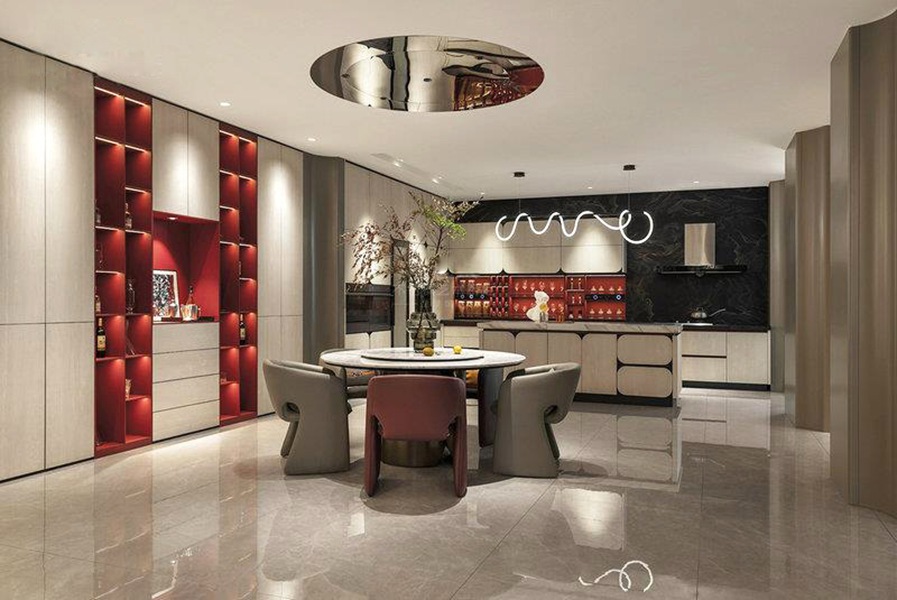
Stainless Steel Cabinets vs. Wood Cabinets: Which is the Better Choice for Your Kitchen?
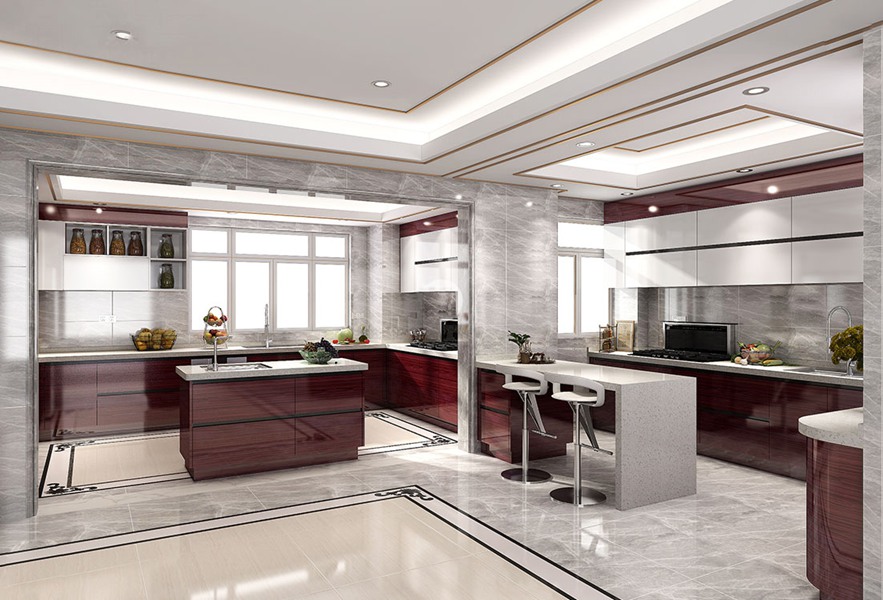
Minimalist Kitchen Design: How Stainless Steel Cabinets Fit the Trend
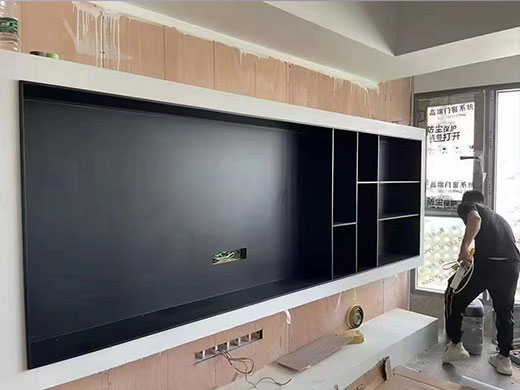
Creative Uses of Stainless Steel Wall Niches in Contemporary Interiors
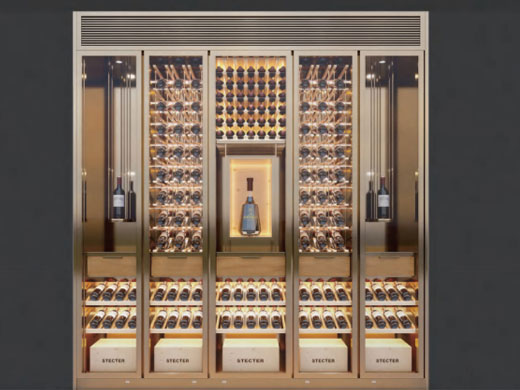
Stainless Steel vs. Wooden Wine Cabinets: Pros & Cons
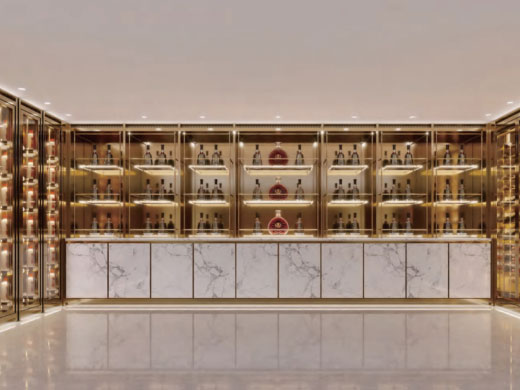
Glass Door vs. Solid Door Stainless Steel Wine Cabinets: What’s Best?
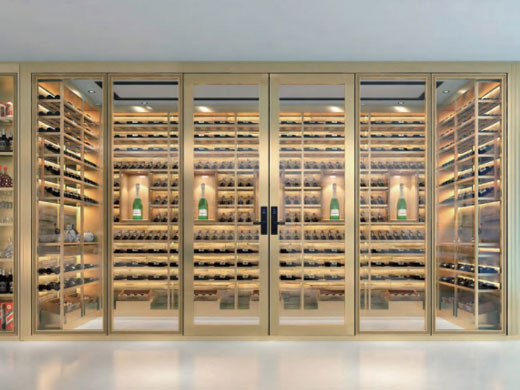
High-End vs. Budget-Friendly Stainless Steel Wine Cabinets: A Buyer’s Guide
